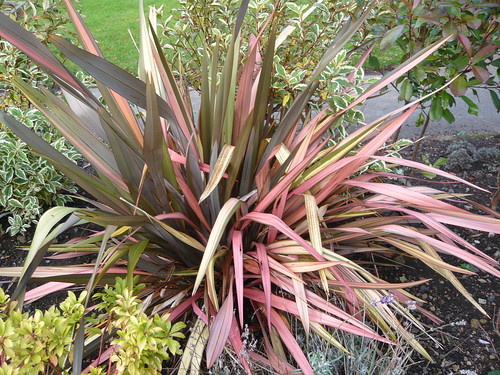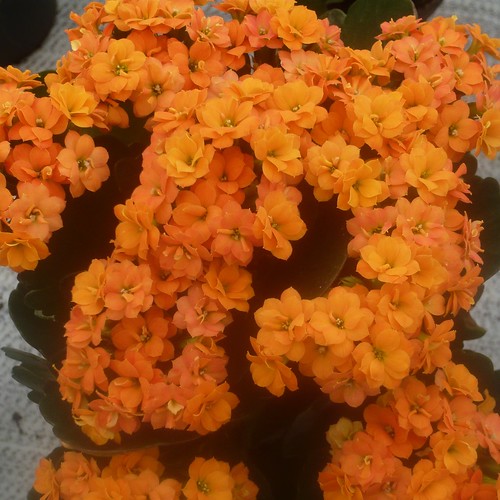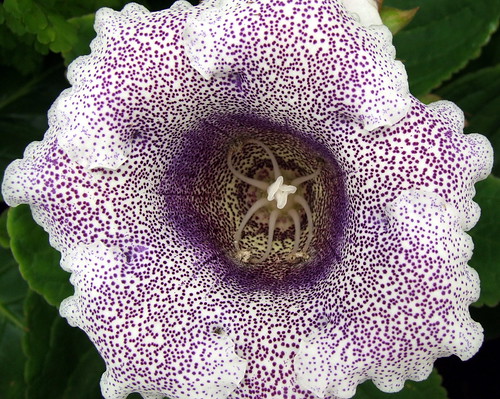Flower Arranging – Phormium

Encyclopaedia of Flower Arranging Techniques: A Comprehensive Visual Guide to Traditional And Contemporary Techniques by Marcia Hirst
Growing Phormium for Flower Arrangements
- Phormium or New Zealand Flax is an evergreen, clump forming, hardy perennial.
- The long strap shaped leaves contain fiber that makes a cord used for tying.
- In winter it is wise to protect plants with a deep mulch of straw, bracken or dry leaves.
- Phormium Cookianum can have 4 feet long leaves, Variegatum are green with creamy white margins.
- Phormium Cookianum Triclour leaves are red, yellow and green.
- Phormium tenax is the other popular hybrid with a variety of leaf colours including pink and bronze, orange-red, salmon, yellow and other shades.
Special Tips for Flower Arranging with Phormium
- Cut a few leaves to include in your arrangement.
- Modern or European style arrangements with limited amounts of flowers and foliage show the leaves off to best advantage.
- Condition by plunging into a deep bucket of tepid water for 24 hours.
- The leaves can be sprayed with leaf shine or smeared with a small amount of cooking oil to enhance the appearance.
- Phormium have a long vase life of several weeks if the water is changed regularly.
A full array of books on Flower Arranging and related subjects is available from Amazon. You will find more advice and artistic inspiration amongst this selection.
I would also recommend the Harrogate spring flower show where I am always stunned by the floral arrangement amongst the plants on display.
To grow a generic mix of flowers for arrangements and bouquets check out Thompson & Morgan
Credits
Architectural Phormium
Low Allergy Garden Phormium
Architectural Phormium

Turn your arrangements into botanical works of art – here are some examples and clubs you could join.
Other plants discussed in this series
Dahlia
Euphorbia
Pittosporum
Alstroemeria
Fatsia Japonica
Corkscrew hazel

























